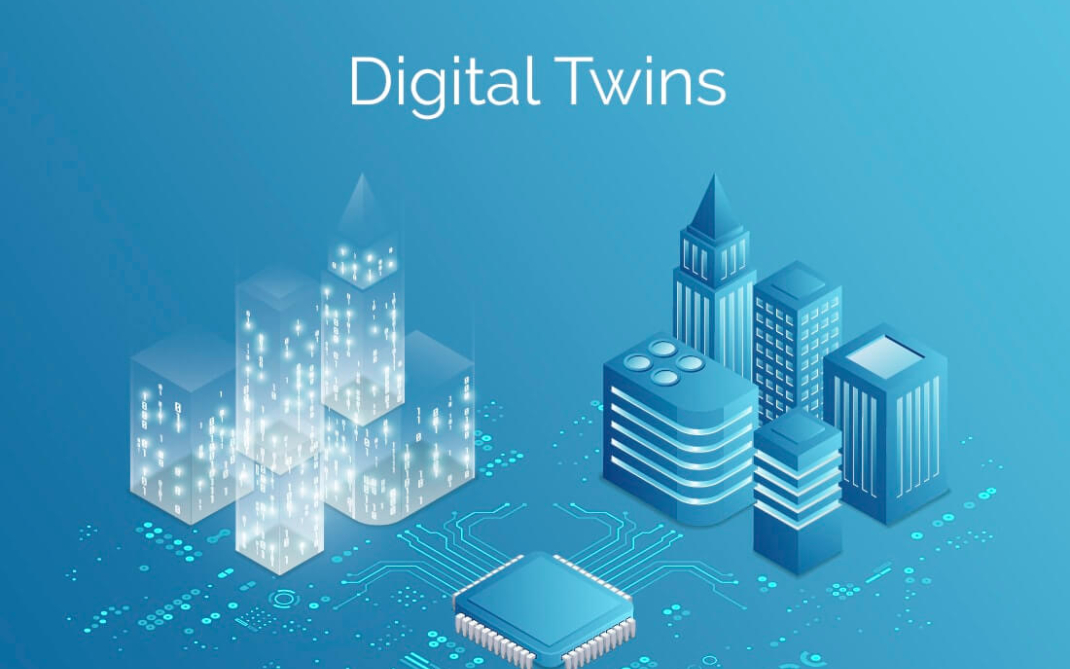What are Digital Twins?
The concept of digital twins refers to the digital representation of physical objects, and believe it or not, it has been used for over 30 years. As early as the first space missions, NASA used precursors of digital twins to address maintenance or repair problems remotely. In fact, thanks to this technology, they determined how to rescue the Apollo 13 mission and currently they are using it more and more. With the rapid progress of the Internet of Things (IoT), digital twins now allow real-time information collection through sensors. This allows these simulations to continuously and in real-time adapt to the changes that occur on their physical twins. Therefore, digital twins allow for an increasingly real representation of the physical world, which optimizes processes in multiple sectors by predicting future errors.
What Does a Digital Twins Expert for Construction Do?
A Digital Twins Expert for Construction is the professional in charge of advising and managing projects based on this new technology in the field of construction. They will need great knowledge of the industry, evaluating current trends and the strategies that other competitors are implementing. It is necessary for them to understand how the Internet of Things and Digital Twins work, without the need to become technical experts. They must understand the technologies involved in order to provide guidance on the potential of these developments in projects. They can work in companies dedicated to designing and developing projects or smart devices, as well as directly in companies dedicated to commercializing these projects for the end customer. If you don't know what to study or work in, and you like IoT and the construction sector, this could be your ideal future job.
Why Do We Know This Job Has a Future?
Digital twins show a clear growth trend in the coming years. So much so, that according to Gartner, two-thirds of large companies will use digital twins by 2022, allowing them to improve their effectiveness by up to 10%. Their market value is growing very rapidly, from the $3.8 billion it had in 2019 to $35.8 billion it will reach in 2025, according to a report published by Markets and Markets. Today, there is already a digital twin of Singapore that allows, among many other things, improving energy efficiency. The application of digital twins to modular construction can further help reduce time and costs. For example, the Canadian technology company CadMakers successfully used digital twins to design Brock Commons Tallwood House, an 18-story hybrid mass timber building at the University of British Columbia in Vancouver. As a result, the 20-month project was completed in less than 17 months and delivered in half the time of an equivalent building using traditional methods.
Don't know yet what to work in or what to study?
Enter the only platform of vocational-professional orientation that guides towards future jobs and find yours.
Thousands of students have already gone through Singularity Experts to discover what to study or what to work in!
Welcome to your future.
